

 |
 |
 |
 |
 |
 |
 |
 |
 |
 |
Super35 has become a very popular format for creating 2.39:1 "scope" prints for theatres. Super35 movies can usually be translated into a television version with less image loss than anamorphic scope movies. Other than this advantage, Super35 is not really "super" at all.
The "Super35" technique is simply the use of the silent aperture for filming while recording the sound external to the film. The soundtrack area is used for image, which increases the resolution available to that available back in silent film days.
Super35 is a combination of the flat and anamorphic formats. Super35 movies are shot flat using the silent aperture, with an aspect ratio of 1.33:1. Theatrical prints are made by extracting a 2.39:1 slice of the image and printing it "scope" style for theatrical release (requiring the 2:1 unsqueeze during projection). Although the entire image area is used on the theatrical prints, nearly half of the image area of the source is wasted, which often results in theatrical prints that have a much grainier look than movies shot in true anamorphic.
Consider the following scene to be filmed in Super35.
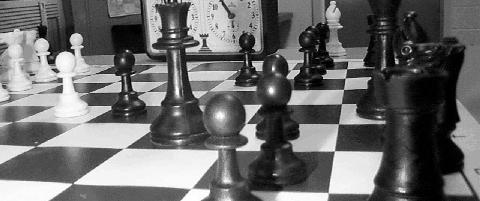 |
| The desired scene to be filmed. |
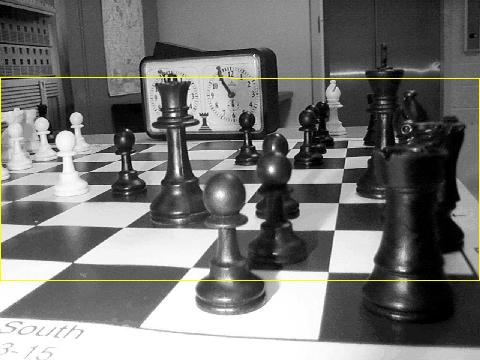 |
| The entire silent aperture can be used, so extra image is often recorded at the top and/or bottom, which will be later cropped. |
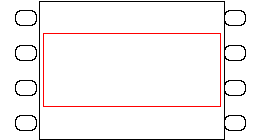 |
| The typical use of super35 for shooting: Camera aperture (black): 0.980" by 0.735". 2.39:1 area used (red): 0.945" by 0.394". Note the tremendous waste of image area. |
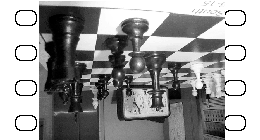 |
| The 1.33:1 filmed area in super35 format. |
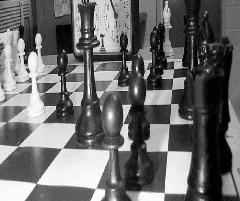 |
| The desired 2.39:1 part of the image is extracted and printed in scope format onto theatrical release prints. |
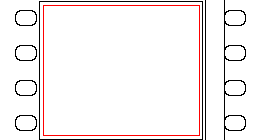 |
| The scope format is usually used for theatrical release prints of movies shot in super35. The image is unsqueezed by 2 during the projection process. |
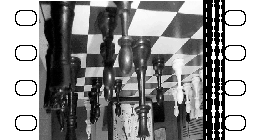 |
| This shows the image on the film in scope format for the theatrical release print. |
 |
| The resulting theatrical image. |